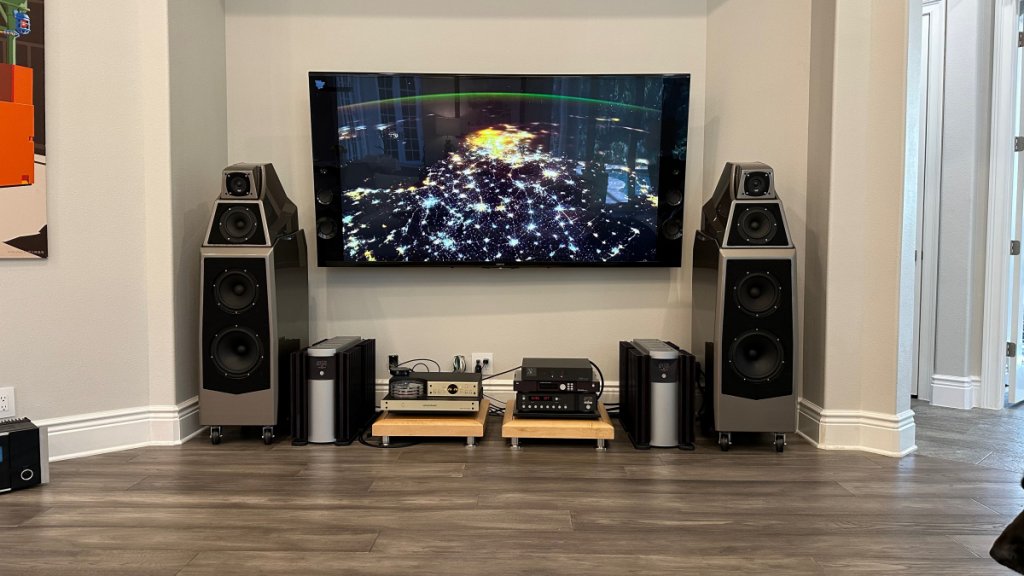Anyone know what these may compare with in the retail market. I honestly never see good crossover parts in speakers.
The problem is, your question is very difficult to answer - by design. For most any speaker manufacturer (and audio, in general), the answer to your question is dealt with via hyperbole and fairy dust words. They play into a lack of technical knowledge among consumers and take advantage of the passion most of us have for finding "rightness"... and so the search goes on.
And then... some speaker manufacturers post response measurements, spectral decay plots, and videos of how the speaker is actually designed, why it's good / bad... how it compares to other things.
My Wilson Duette have outboard crossovers that are potted... encased in epoxy. I think all of the Wilson crossovers are treated in that same fashion. I couldn't look at / improve upon quality of the crossover parts if I tried. Based on what I hear with them, they need work. I don't know how to do it.
However... "I gotta guy..."

Perhaps another question to ask is "Why is XYZ speaker better than The Bully?" Just based on specs, they are going to be tough to beat. How does that baffle image? Well, the proof will be in the pudding.
Below is a pic of my buddy's setup. Wilson Alexia, among other things. They're cool... but they don't teleport. They are ScanSpeak drivers that some dudes put in a box and made a crossover for... and they absolutely will not tell you how they did it. They are cool... but they aren't "Magic". I'd LOVE to roll a Bully into his room, right next to the Alexia, and let 'em GET IT ON! He'd enjoy it too!
As Sarah McLachlan says, they're "Building a Mystery"... and that sells.

